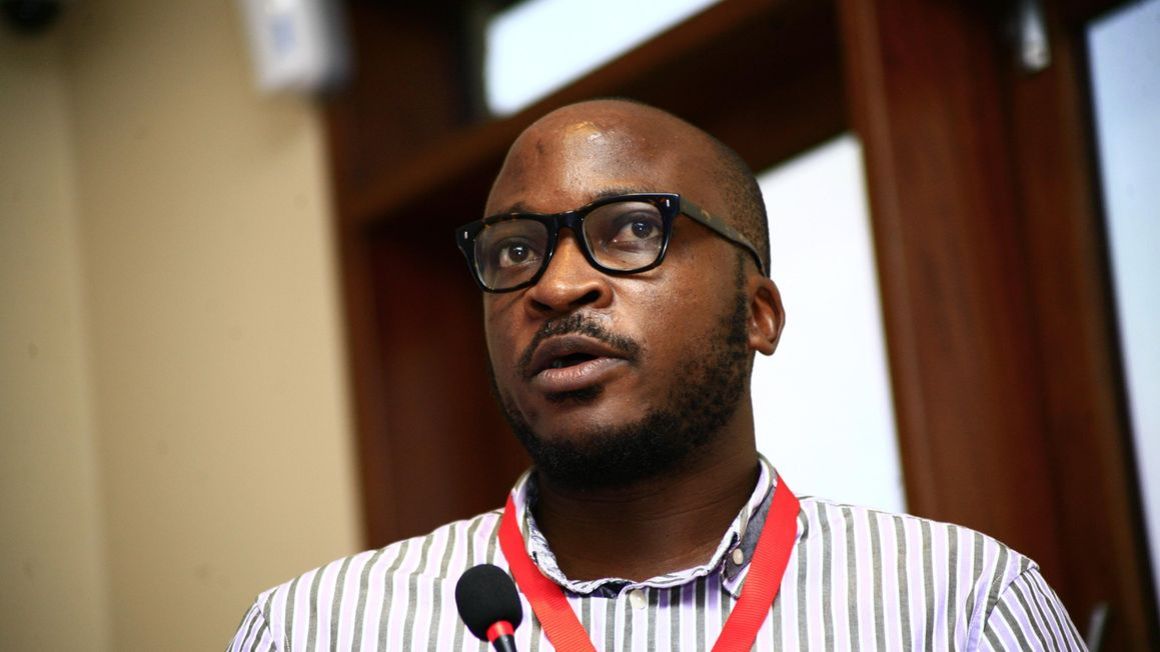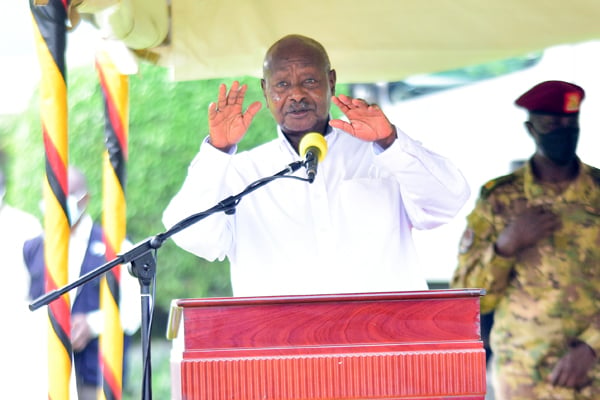Prime
We shouldn’t throw out the value addition baby with the bathwater

Daniel K. Kalinaki
What you need to know:
...you cannot do the same thing over and over again and expect different results. Anyone who recalls the story of the failed Agoa girls experiment should wake up and smell the coffee.
In December 2002 the presidential convoy screeched to a halt at a large complex in Bugolobi, a Kampala suburb. The building had previously been the nerve centre of the Coffee Marketing Board, the juggernaut of the coffee export trade which had collapsed under the weight of its incompetence, and competition after the liberalisation of the coffee export trade.
The complex now housed Tri-Star Apparel, a new textile factory set up to manufacture garments for export to the United States of America under the African Growth and Opportunity Act, or Agoa, the word on everyone’s lips across the country.
Agoa had become Agoa. The government’s New Vision newspaper said 1,000 young women were needed to work in the factory. The Agoa girls, as the recruits came to be known, came from all over the country, with each district restricted to just 19 winners of this nationwide lottery.
After many feverish months of training and anticipation, this was it. The President was at the factory to flag off the first shipment to the USA. In front of several dignitaries, including the American ambassador, the President carried a cardboard box containing 12 pairs of shorts on his head and loaded it onto a nearby truck. This consignment was to be the first of many.
“This is the biggest event after independence,” the President later told a BBC reporter. He also had some tough words for those who criticised the factory, questioned the bona fides of its promoters, or slowed its construction. “If someone kills jobs for 1,000 people, why shouldn’t he be hanged?” he asked attendees.
AGOA, the President gushed at another event, was “the greatest act of fraternity towards Africa by the USA”. In 2001, the first year the law kicked in, Uganda had exported just $13,000 worth of garments to the USA. The consignment the President oversaw a year later was worth $200,000 alone. By 2006 AGOA was expected to more than double Uganda’s export earnings to $1.2 billion.
A Sri Lankan businessman, Kumar Dewapura, who claimed ownership of 30 textile factories in his country, had been tapped up as the core investor in the factory. He said if all went well with the pilot, he would open several similar factories across the country. Forget the excitement over 1,000 jobs, he said; he foresaw 300,000 jobs in two years.
But then stuff happened. The original Agoa girls went on strike citing low pay and poor working conditions and staged a lie-in protest at Parliament until they were paid their severance dues and allowed to return to their villages. They had not won the lottery, after all.
The initial garments, it turned out, including those whose exports the President had presided over, had been imported from Sri Lanka and other Asian markets, and then had ‘Made in Uganda’ labels sown on. The anticipated backward integration to build value addition into the country’s cotton industry had not materialised.
The government had done its bit to support the factory. Apart from giving the Sri Lankan investors free use of the CMB complex, it had forked out, by one estimate, almost $8 million in subsidies and loan guarantees, as well as other tax exemptions. Government, documents later showed, had even paid the Agoa girls’ salaries.
When the matter eventually went to Parliament, one of the local punters involved in the project, Velupillai Kananathan confirmed to MPs that he and his celebrated textile magnate from Sri Lanka had only invested “technical expertise” into the project.
“We didn’t bring in any cash at all,” Kananathan told MPs.
The problem wasn’t Agoa. Lesotho, for instance, had exported $130 million worth of garments to America in 2001 and then more than doubled that to $317 million the next year. Today the country remains a major textile exporter, as do countries like Mauritius, South Africa and Kenya.
On top of whatever weaknesses the Tri Star “investors” had, the experiment also ran into the high winds of expensive electricity, high cost of transport to markets, and the other constituent parts of the high cost of doing business in Uganda.
It is a bad idea to export raw materials out of Uganda and import their derivative products back as finished goods more expensively. But you cannot do the same thing over and over again and expect different results. Anyone who recalls the story of the failed Agoa girls experiment should wake up and smell the coffee.
Mr Kalinaki is a journalist and poor man’s freedom fighter.
[email protected]; @Kalinaki




